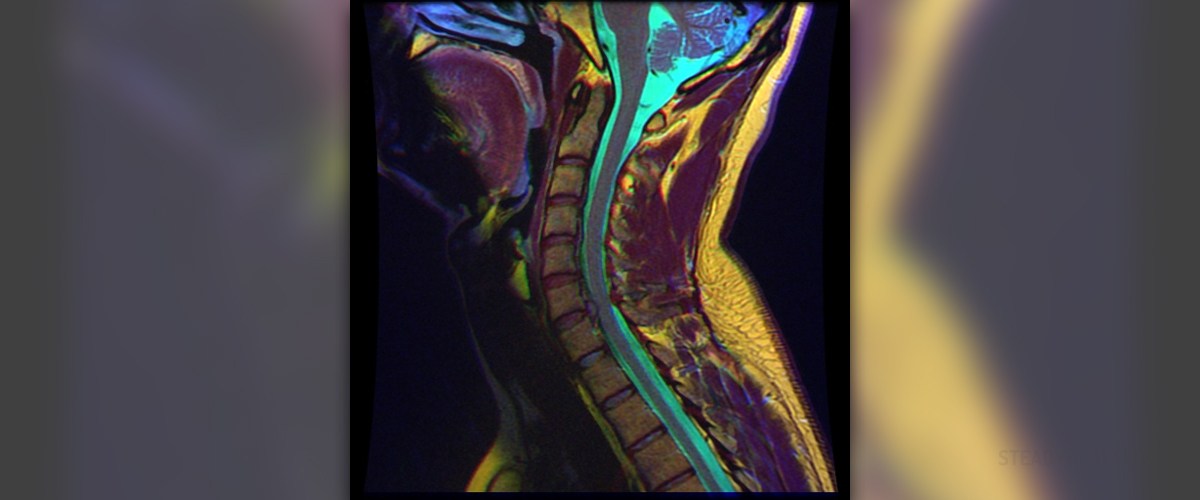
Sports hernia, also known as athletic pubalgia, is a medical condition of the groin that affects athletes. Soccer and ice hockey players are most commonly affected by sports hernia, but this condition strikes all other athletes, too, both professional and recreational. The conditions characterized by chronic groin pain and what is the most interesting about the condition is that it cannot be found on physical examination, medical imaging or surgery.
Understanding the sports hernia
Sports hernia is the least understood of all sport injuries, and it is extremely difficult to diagnose. A sports hernia is a tear to the oblique abdominal muscles, but unlike a normal hernia, it does not create a hole in abdominal wall. The patients with groin strain are often advised to take a rest and let the muscle repair while the whole body is resting. However, in sports hernia, the pain associated with the injury comes back as soon as even the slightest activity resumes or the effect of painkillers wears off. Chronic pain that is provoked by physical activity and calmed by rest may strongly point out to sports hernia, as an underlying issue.
What happens in sport hernia is that the muscles or tendons on the abdominal wall weaken and overextend, forming a muscle tear inside the groin. The weakening of the muscles occurs as a result of strengthening the lower body more than a trunk muscles. Adductor muscles are normally stronger in athletes, so when oblique muscles and adductor muscles contract at the same time, the oblique muscles overextend and tear resulting in painful condition of sports hernia.
Symptoms of sports hernia
Symptoms of sports hernia include painful movements, especially if they involve hip extension or twisting and turning. The abdominal pain may radiate to the testicles, in men. Most commonly, patients are having difficulties to pinpoint the exact painful spot. Any kind of physical activity that involves pressure on the intra-abdominal muscles, such as getting out of the car, sneezing or getting up from the bed, may be extremely unpleasant.
Diagnosing sports hernia can be very difficult and a specialist will most probably take a detailed discussion with patient and investigate the specific mechanism of injury. Sports hernias usually occur during aggressive turning and twisting while playing sports like football, hockey, soccer, tennis, track, running or, doing any kind of repeated twisting-and-turning movements. Sports hernia includes groin pain in the low abdomen and the upper leg. Leg pain may often resolve but the patient may continue complaining about lower abdominal pain and discomfort.



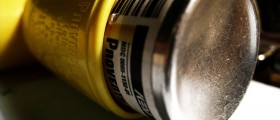
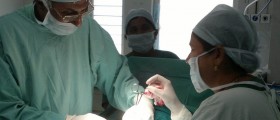


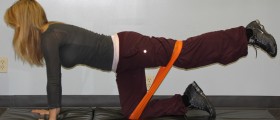

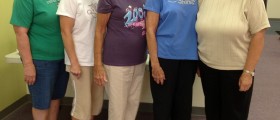
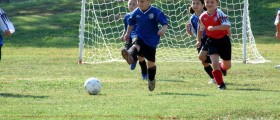


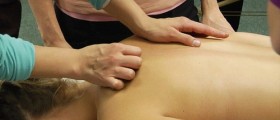



Your thoughts on this
Loading...